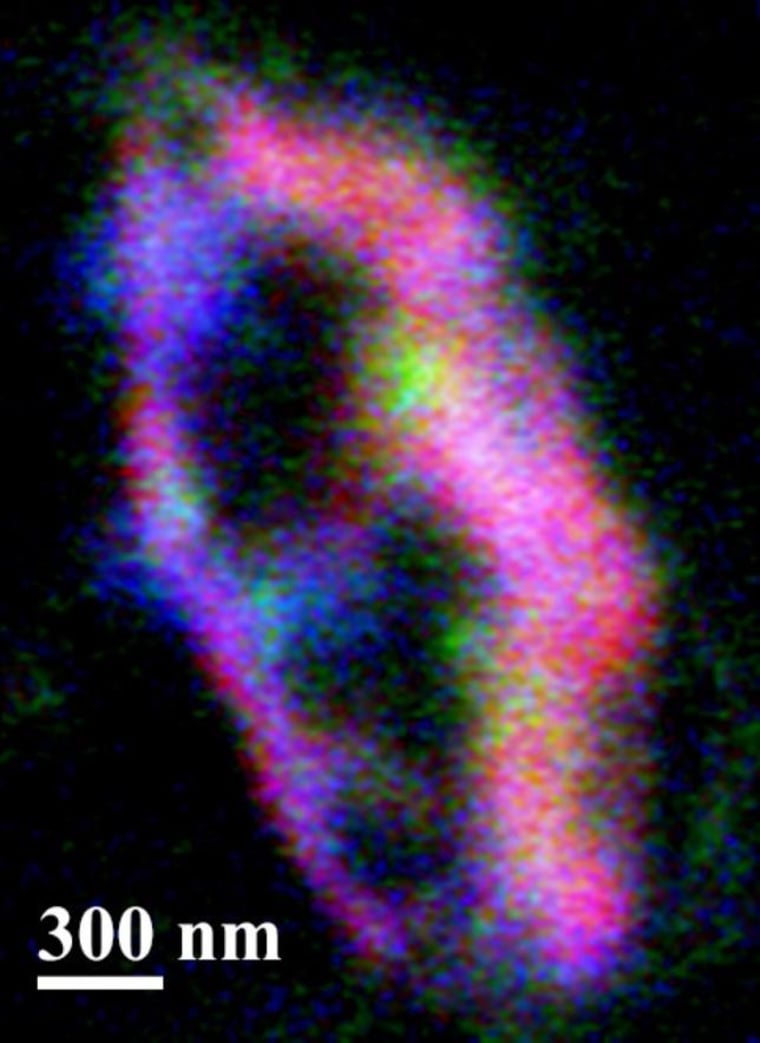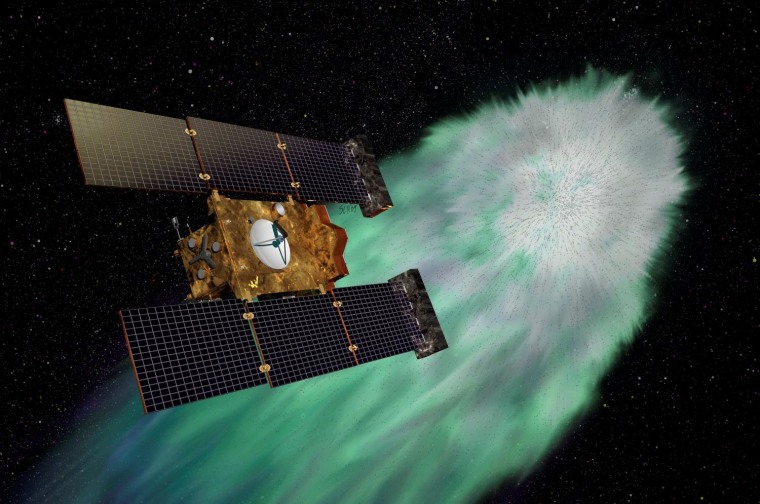Seven tiny grains of rock captured by NASA's comet-chasing Stardust probe in 2004 may be visitors from the vast reaches of interstellar space, researchers say.
These interstellar dust motes from Stardust are fluffier and more diverse than expected — a discovery that may shed new light on the origins of the solar system.
Interstellar dust motes are bits of rock that permeate the enormous spaces between the stars. Supernovas and ancient stars produce interstellar dust, which contains elements such as carbon, nitrogen and oxygen that are necessary for life. [NASA's Stardust Probe Returns to Earth (Video)]

"By analyzing interstellar dust, we can understand our own origins," said Andrew Westphal, a planetary scientist at the University of California at Berkeley. "Just as people go to Africa to look for fossil hominids, say, 4.5 million years old, trying to understand the origins of humanity, we want to look at stuff that helped form the solar system 4.5 billion years ago."
NASA launched the Stardust spacecraft in 1999 on a mission to collect dust from the wake of Comet Wild-2 (pronounced "Vilt-2"). Stardust rendezvoused with the comet in 2004, and in 2006 the spacecraft sent its sample container back to Earth for a parachute landing. [How the Stardust Mission Worked (Infographic)]
While Stardust captured samples of Comet Wild-2 on one side of the craft's collector tray, the other side was pointed away from the comet to catch bits of interstellar dust in tiles of ultra-light silica aerogel.
After years of analysis, scientists say seven of the captured dust motes may have origins outside the solar system. If that is confirmed, these tiny flecks of rock will represent the first specks of interstellar dust a spacecraft has ever returned to Earth.
Westphal and his colleagues detailed their findings in Friday's issue of the journal Science.
— Charles Q. Choi, Space.com
This is a condensed version of a report from Space.com. Read the full report. Follow Space.com on Twitter, Facebook and Google+.
